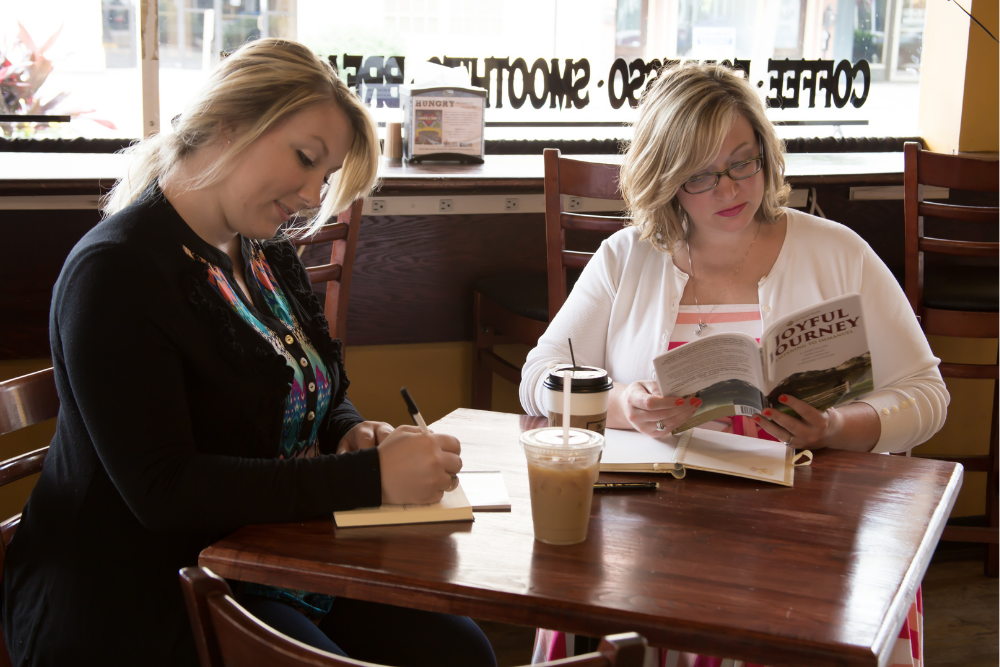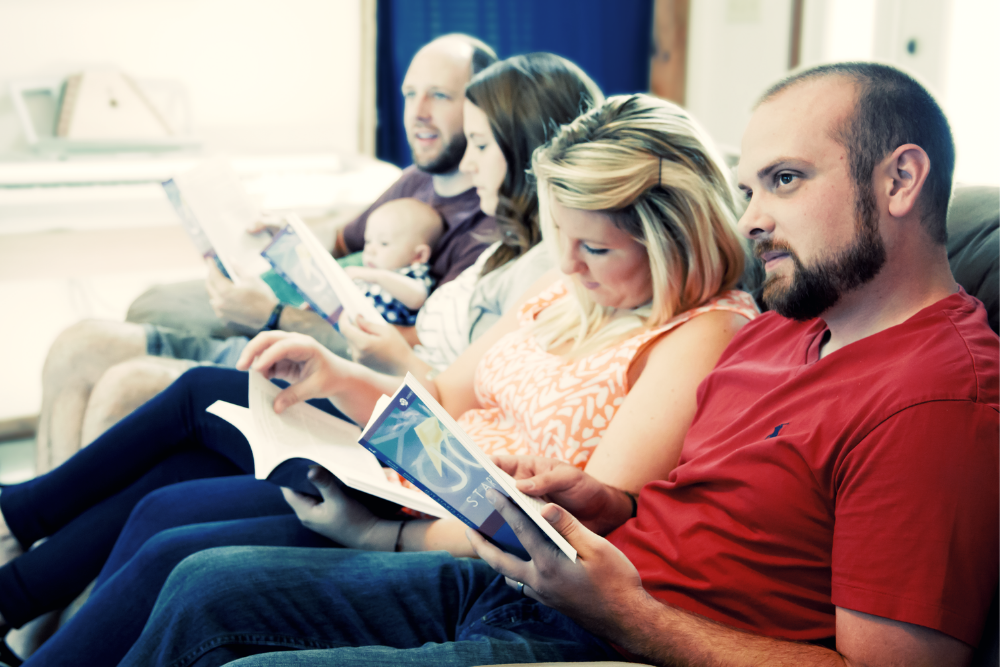Community is such a buzz word right now. Community centers, community groups, online community, gym community, and even Starbucks is advertising the sense of community between their baristas and customers. There is a significant push to take our daily tasks and orient them around the word or feeling of “community”. The question is, if we start calling everything community, how do we know when community is really happening?
If we think about community through the lens of attempting to form group identity and attachments that ultimately help us become more like Jesus, then we should be very intentional about the community we choose. What people qualify as our community? What makes a real community? One simple way to determine your community is to ask yourself, “With whom do I spend the most time? Who receives most of my personal energy and effort?”
We must examine where we are truly invested in the present to see the areas we need to grow to have the community and connection we long for. In the book The Other Half of Church, Michel Hendricks and Dr. Jim Wilder use the imagery of soil and healthy plant growth to describe how a community should function. They explain the four elements of healthy community are joy, hesed, group identity, and healthy correction. These are the soil ingredients that help us grow into loving like Jesus.
Another way to think about this process is through the language of discipleship. Discipleship is a very familiar word to those immersed in church culture. How you understand the process of discipleship depends on your church background. There are a wide variety of discipleship structures, practices emphasized, and popular methodologies attempted. But what effectively produces maturity?
I recently discovered the book Ordinary Discipleship by Jessie Cruickshank. She writes about discipleship that is doable, practical, and applicable to any Christ-follower pursuing growth. Jessie astutely combines her personal experience discipling young adults with the neuroscience of modeling to outline practical person-to-person discipleship. She demonstrates it is possible to disciple people while doing everyday life together.
Jessie also makes a distinction between her definition of disciple and disciple- maker: “A disciple is someone who chooses to be changed by their relationship with Jesus” (Pg. 5). Then, she defines disciple-maker as, “a disciple who lives changed by Jesus and journeys with others for the intentional Spirit-led purpose of helping them be changed by their relationship with Jesus too” (Pg. 5).
These components woven together describe intentional community. If your church is pursuing joy, hesed, group identity, and healthy correction then you are likely also experiencing intentional God-orchestrated relationships that help you become more like Jesus. Overall, The Other Half of Church and Ordinary Discipleship exemplify the purpose and transformative power of community as well as helpful steps for person-to-person relationships.
Catch part two of this blog next week as we unpack Jessie’s description of the hero’s journey.
For more info on Ordinary Discipleship, connect with Jessie on social media:
Website: OrdinaryDiscipleship.com
Instagram: OrdinaryDiscipleship
Instagram and Twitter: Yourbrainbyjess
Buy a copy of Ordinary Discipleship HERE
For more info on The Other Half of Church, click the link below:








